Violets Humako Inches: description, planting and care features
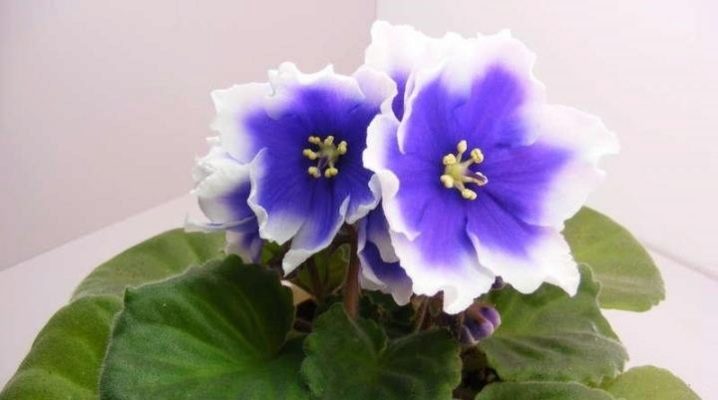
In everyday life, more and more often you can find violets grown on the windowsill. Indeed, these flowers have become so firmly established in human life that almost no apartment can do without these wonderful plants.
Violets called Humako Inches have gained particular popularity, which will be discussed below.
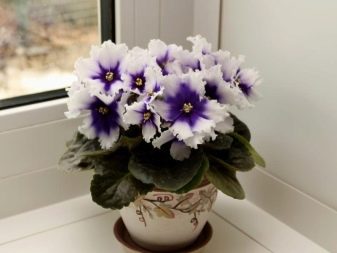
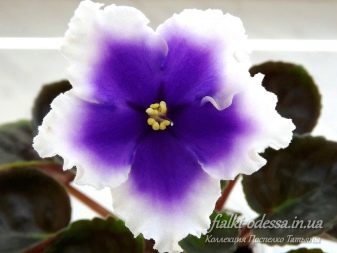
Description and features of violet Humako Inches
Origin
This plant is another variation of the sensational saintpaulia, however, in common parlance it is usually called a violet. The name of this Saintpaulia comes from Germany, more precisely, from the German Baron Saint-Paul. It was he who first found these amazing flowers in the vicinity of his residence.
The famous breeder - a friend of Saint-Paul - raised the first Saintpaulia from the seeds of the found plant, which became the ancestor of the existing species. Literally in half a century all over the Earth there were already about a hundred varieties of this flower. In the modern world, there are already about three thousand of them, but breeders do not stop there.
As for Humako Inches, the name is translated into Russian as Humako Inches. The first word is the name of a popular Dutch company specializing in breeding violets. The second word speaks about the size of the flower.
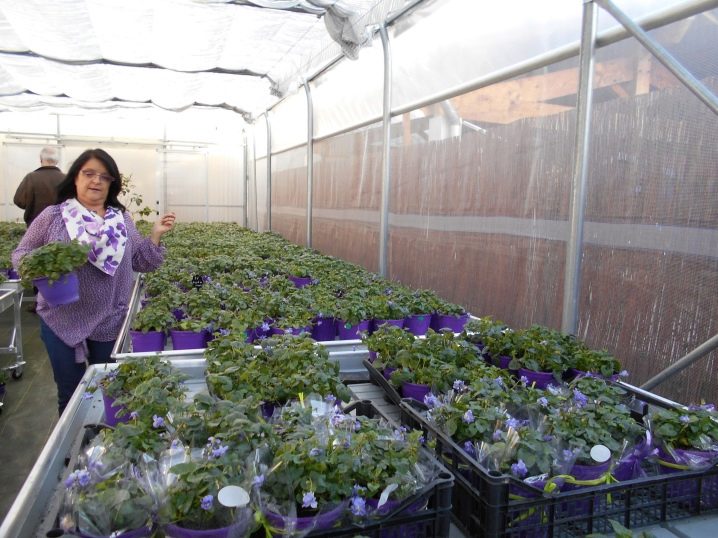
Description
In the regions of East Africa, this evergreen herb can be found, growing up to 30 centimeters in height. In indoor conditions, the dimensions are, of course, smaller.
The variety itself belongs to the Gesneriaceae family, to the genus of hybrid Saintpaulias. The plant is really beautiful and graceful, with rather large flowers. Light green oval-shaped leaves are collected in a basal rosette. They also have small villi and are pointed at the top of the leaves.
Violet flowers are white with a blue core. They are collected in one brush, about five to six pieces. Flower petals can be double or semi-double. In the first case, there are many additional petals.
The diameter of one cup is capable of reaching 8 centimeters.
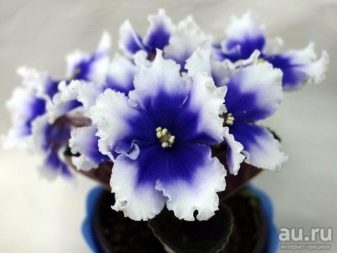
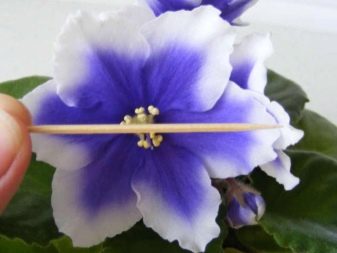
The fruits look like small boxes that collect seeds. The plant reproduces very simply and quickly.
The flowering process takes a long time (from March to November), while the flowers bloom and become lush, covering the entire outlet. Old peduncles are replaced with new ones.
It should be noted that in the summer, with extremely strong heat, the white shade becomes slightly less, the concentration of blue increases. At low temperatures, on the contrary, there is more white.
Experienced breeders also tend to believe that Humako Inches has two variations. The real plant has petals with even edges, and the other is a dough plant, but it is much more common in stores. The flowers of these plants are slightly smaller and have wavy edges.

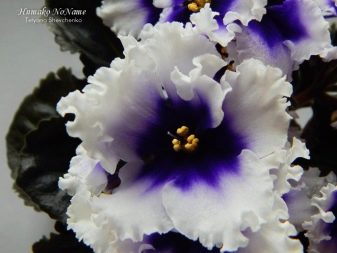
Care
This Saintpaulia, like the others, requires proper care in relation to itself. The main thing in this business is the right place and optimal humidity.
Seat selection
Choosing a place for Humako Inches is not so easy, however, this factor is the key to regular flowering. The place should be lit, but not in direct sunlight. Excessive light provokes rotting of leaves and petals. In addition, drafts and too high temperatures should not be allowed.
In one pot there should be no more than one outlet, and the lateral processes must be removed.The same applies to injured and dry areas, however, all this must be removed carefully, without touching healthy areas.
To ensure good flowering, diffuse light is required for at least 12 hours a day. In order to make this period longer, in winter, the plant must be moved to the south or west side, while providing artificial lighting. However, in no case should the pot with the plant be rearranged directly during flowering.

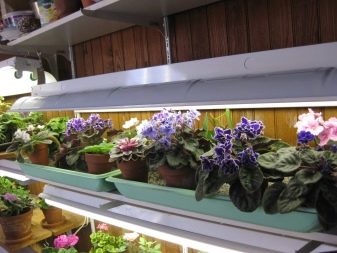
Humidity and temperature
The optimum temperature for this Saintpaulia is + 18-24 degrees Celsius. In winter, it should not be less than 10 degrees, since the plant will simply die. If the temperature, on the contrary, is too high, then the violet will not bloom.
The humidity should be at 50%, this can be ensured by placing the pot on a tray with damp pebbles. In addition, sprayers should be abandoned.
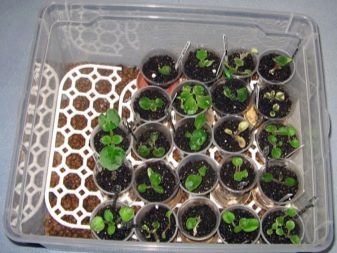

Watering
As for watering, it must be regular and at the root. The soil should be moist, but not too wet. In order to avoid rotting and the appearance of pests, all moisture that gets on the leaves should be wiped off immediately. The following methods can be used as watering:
- immersing the pot in water;
- watering from the pallet;
- moisturizing with a wick;
- using a syringe.
In order to prevent the appearance of mold on the ground, it is recommended to moisten the plant with phytosporin water at least once a month.
For regular watering, you should use water at room temperature, standing for at least 12 hours. In winter, watering is reduced.

Top dressing
In summer and spring, Humako Inches should be fertilized regularly with mineral supplements. They should be brought in at least 2 times a week according to the following scheme: 2 grams per 1 liter of water.
Shortly before bud-laying begins, mineral complexes and fertilizing should be used in large quantities in order to increase the number of buds. To ensure the necessary flowering, fertilizers should be half as much.
It is best to use phosphate or potash fertilizers.
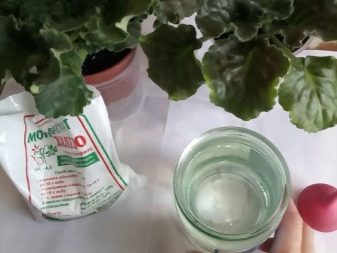

Transfer
Another important detail for successful plant growth is transplantation. It needs to be carried out about twice in one year, when the soil in the pot becomes depleted. The best time for this is spring.
The pot should be the same size as the old one, and the soil should be made for Saintpaulias. Drainage is a must - it should take up about half of the pot.
If the transplant is planned, then it must be carried out by the transshipment method. In case of unscheduled work (soil acidification or plant disease), full or partial soil replacement is used. It is very important not to forget to check the condition of the roots and separate the daughter parts of the violet, which are necessary for reproduction.
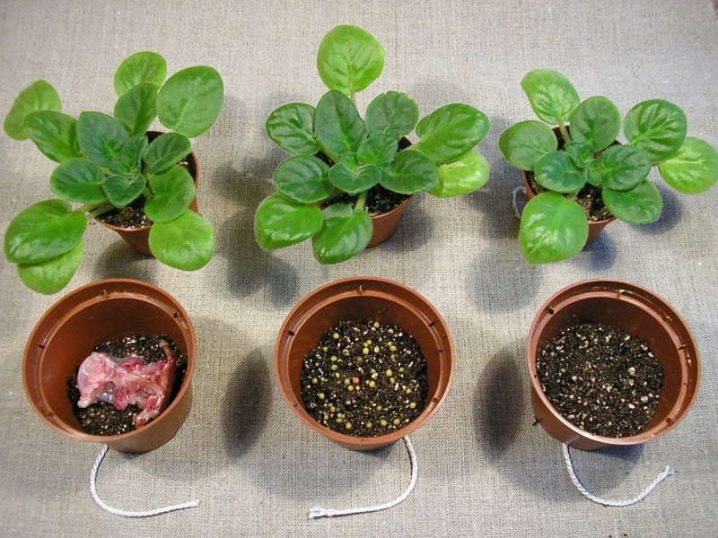
Reproduction
This violet is most commonly propagated by leafy cuttings. It is necessary to take a healthy and mature leaf from the very bottom of the plant, treating this place with charcoal after removal. Then dark glassware is prepared with boiled water, and the handle is installed there. Literally in a few weeks, with the appearance of the first roots, the violet can be safely moved into a pot of soil.
There is also a method of propagation by seeds, but it is used much less frequently.
Growing violets is an interesting and sometimes even difficult business. But in the case of successful cultivation, this plant is able to truly decorate the windowsill and delight with its abundant flowering.
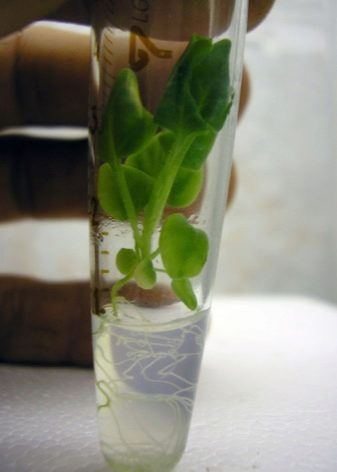
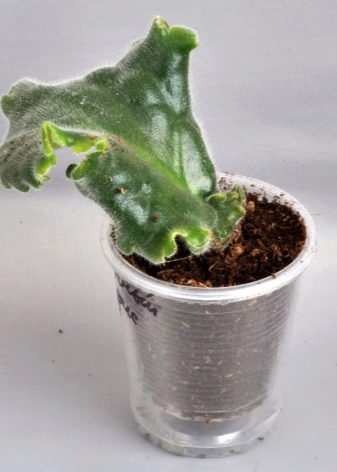
You will learn how to choose high-quality Humako Inches violets in the store and not be mistaken in the following video.































A very, very beautiful flower.
The comment was sent successfully.